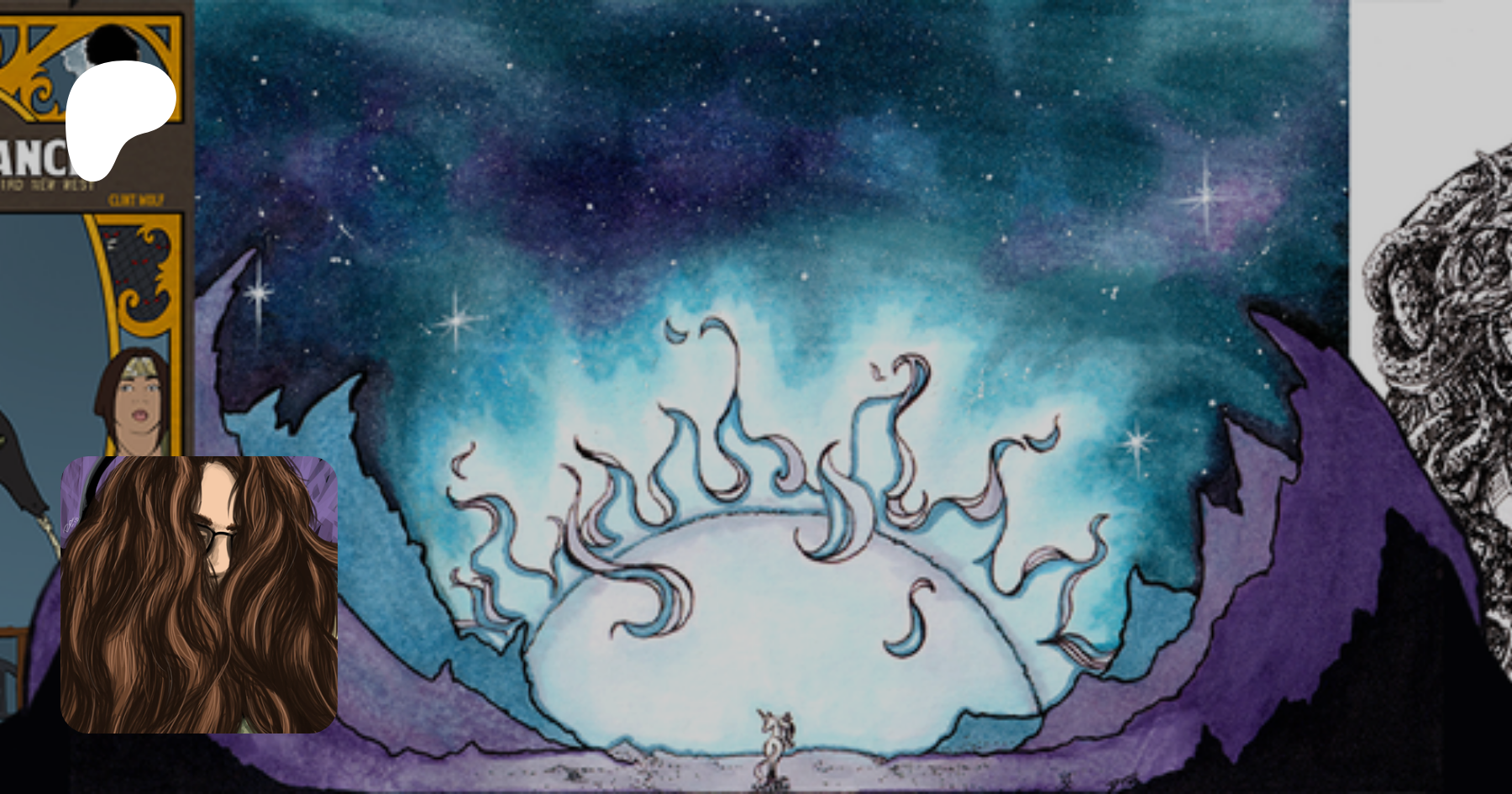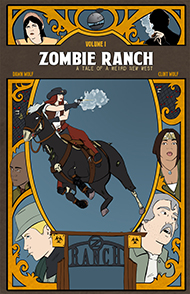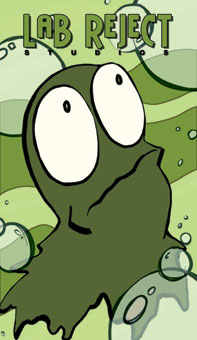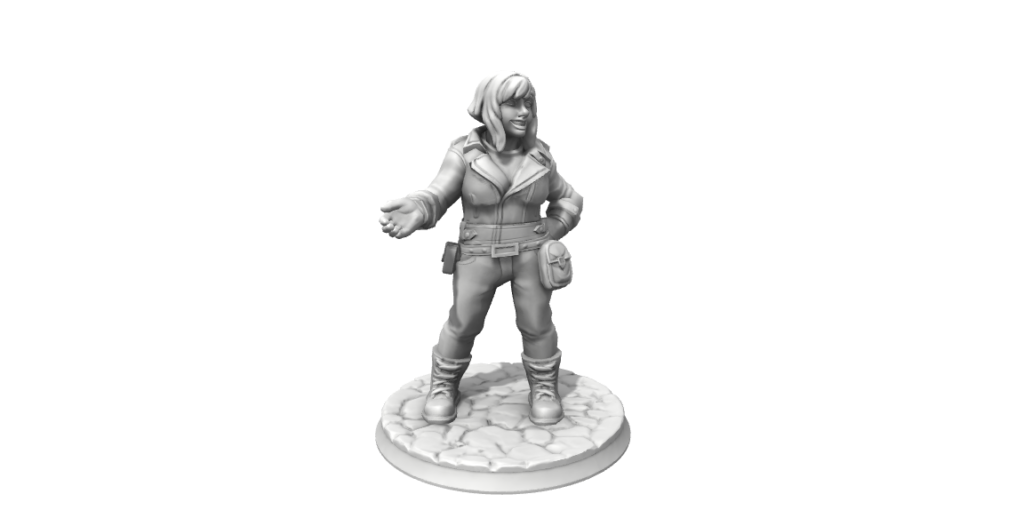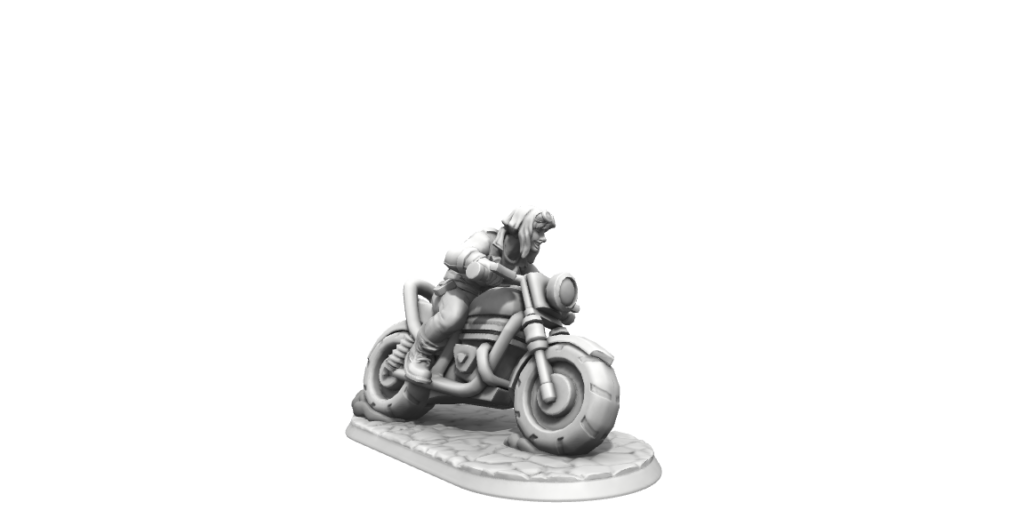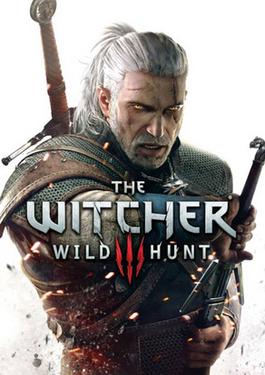
Well, continuing my tradition of Johnny-come-lately game experiences, I have finally started my delve into one of the more hyped AAA video game titles of the past three years: The Witcher 3. I picked up the Game of the Year edition through Steam during one of their big periodic sales… Black Friday, I want to say?… regardless of which I recall making my way through the tutorial level and then going back to one of my other games while it’s sat in my library for months. It didn’t quite hook me in at the time, plus I was also a bit worried I’d reached the limits of my modest computer system in terms of getting a decent framerate on the ultra-pretty settings I prefer.
Anyhow, with another arc of Zombie Ranch finally completed I had some extra free time and felt like it was a good opportunity to (figuratively) blow the dust off and give TW3 another chance to impress.
Short answer: so far, it does. Especially for a story/character junkie like me. From the marketing you might not expect a game like this to have any sort of depth to it, but thankfully I’m having the same pleasant surprise I did way back when I picked up Witcher 2 for free on my Xbox and discovered it to be more mature than expected. Truly mature, not just a rating based on the present of blood, boobs and salty language.
Mind you Witcher 2 most certainly had its share of blood, boobs and salty language, and you could hire prostitutes and sleep around with multiple ladies… but then on the other hand you had a choice not to do that, or even to commit to one above all others. Meanwhile there was an interesting tale of power politics being spun, dark fantasy style. Maybe not as complicated as Game of Thrones, but there are arguably positives to saying that. I ended up playing it all the way through, and the only regret I have now is that I couldn’t transfer my console save over to TW3 on the PC, because the designers did include that cool Mass Effect style feature of choices in a previous game carrying over if you want them to. As it was I had to rely on very fallible memory trying to piece together what I’d done. It’s not as complicated as GoT but there are still a shiteload of settings and characters to keep track of and I had to have my inklings jogged more than once trying to remember things like who the main villain of the previous game was.
I think the biggest barrier of entry to the series is probably its protagonist, who at first glance seems like the kind of fantasy character a lot of adolescent boys come up with at some point: the world-weary, stoic moody badass loner with the scars and gravelly voice and the special powers who gets all the chicks. I won’t argue that that’s Geralt of Rivia, the titular Witcher, in a nutshell. Witcher 2 was more fascinating for everything going on around him than Geralt himself.
The Witcher 3 pulls a hat trick though and has managed to actually make Geralt interesting. He’s older now, for one thing, and there’s actually a sense of humor that occasionally breaks through the Batman/Kratos aesthetic. But most of all, TW3 made him a father.
Not a literal father, mind you, at least not that I’m aware of — Witchers are canonically sterile — but the main questline of TW3 has you on the trail of his surrogate daughter who he raised and trained, now a young woman named Ciri who is quite capable in her own right but nevertheless in deep, deep trouble courtesy of some very bad people having taken an interest in her. Well, “people” may not be the right word. You even get to play Ciri at some points courtesy of a clever flashback mechanic as Geralt in the course of his investigations gets folk he meets to recount their experiences with her.
Ciri, by the way, seems at first glance like the kind of fantasy character a lot of adolescent girls come up with at some point, what with her independence and badass-but-gorgeous looks and special powers and bloodline and destiny (she is of course a princess) but oh she is also kind to small children and animals even though she’ll murderously chop through half a dozen men without batting an eye. It is another testament to the writers (and her voice actor) that when I finally “met” her I still ended up finding her charming and genuinely wanted to help her succeed.
Anyhow, I’m barely scratching the surface here by focusing on things that are most important to me. In the absence of character customization, a story-based game is going to potentially live or die based on whether the character(s) the player is asked to inhabit are compelling and whether their story is also compelling. You’re going to be spending a lot of time with them, after all. TW3 is infamously open in its world and the amount of side quests and activities available, which I worried would be daunting enough that I would end up being overwhelmed and feeling a need to just give up the way I did with Assassin’s Creed 3, but happily it feels more like Assassin’s Creed 4 where the balance is there and I like where things are going. The side quests are cool but the main quests are also pretty sweet, and whatever technology is being used for the facial expressions needs to be exported to every other game because it’s very impressive.
Now, the 10/10 rating TW3 enjoys on Steam to this day might still be overhyping it because I don’t find it perfect. The movement controls are wonky and there are longstanding features of games inexplicably missing, such as a 1:1 buyback option on merchant screens which you may find yourself wishing for the first time you accidentally sell your magic sword (and the second time, and third… way too easy to make this mistake and have to pay a thousand gold to get back what you just misclicked and sold for a hundred). Shops you’ve previously found will randomly disappear off your map, which is aggravating when you need to find a blacksmith or armorer to do upgrades. Gathering and looting can also be a serious pain in the ass. Fortunately, much like for Fallout 4 there is a thriving mod community and so (at least on the PC) these shortcomings can be accounted for. But it should certainly be noted that without those fixes I might very well have decided the game was too much trouble.
P.S. if you’re playing on PC you may very well want to turn off the “NVIDIA hairworks” graphical setting regardless of how beefy your NVIDIA card is (or if you don’t have one, though I would hope it’s automatically off if you don’t have one). I didn’t really notice any difference in appearance quality but it completely solved my framerate issues, particularly during dialogue scenes.
